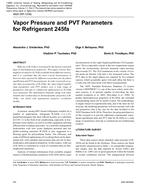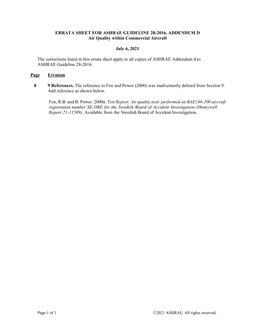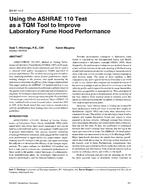Due to the challenges in predicting the recurring occupancypatterns and the length of nighttime temperature setbackto daytime setpoint transition periods in office buildings, operatorshave been challenged to choose conservatively shorttemperature setback periods. In recognition of these challenges,a self-adaptive control algorithm that can learn boththe recurring occupancy patterns and the parameters of amodel predicting the indoor temperature response was implementedin a southwest-facing shared office space in Ottawa,Canada. Results from this implementation indicate that theparameters describing the occupancy, building, and terminalHVACsystemcharacteristicsconvergetostableandphysicallymeaningful values in less than two weeks. The control algorithmwas also implemented in the energy management system(EMS) application of the building performance simulation(BPS) tool Energy Plusto adapt the temperature setback schedulesof a BPS model of the monitored office. The comfort andannual heating/cooling load implications of 100 differentstatic setback strategies were compared with the adaptivesetback periods selected by the control algorithm. Simulation basedresults indicate that, with this control algorithm, thefrequency of occupant overrides to the thermostat setpointswas the same as it was with a static temperature setback schedulethat covers 55% of the year with 15 to 20% lower annualcooling loads and 8 to 10% lower annual heating loads.
Citation: 2016 Winter Conference, Orlando, FL, Transactions 2016, Vol 122 pt. 1
Product Details
- Published:
- 2016
- Number of Pages:
- 14
- Units of Measure:
- Dual
- File Size:
- 1 file , 5.7 MB
- Product Code(s):
- D-OR-16-015


